A Labor of L’Amour: DJ Alex Kayne On His Upcoming Book & Bensonhurst In Its Heavy Metal Heyday
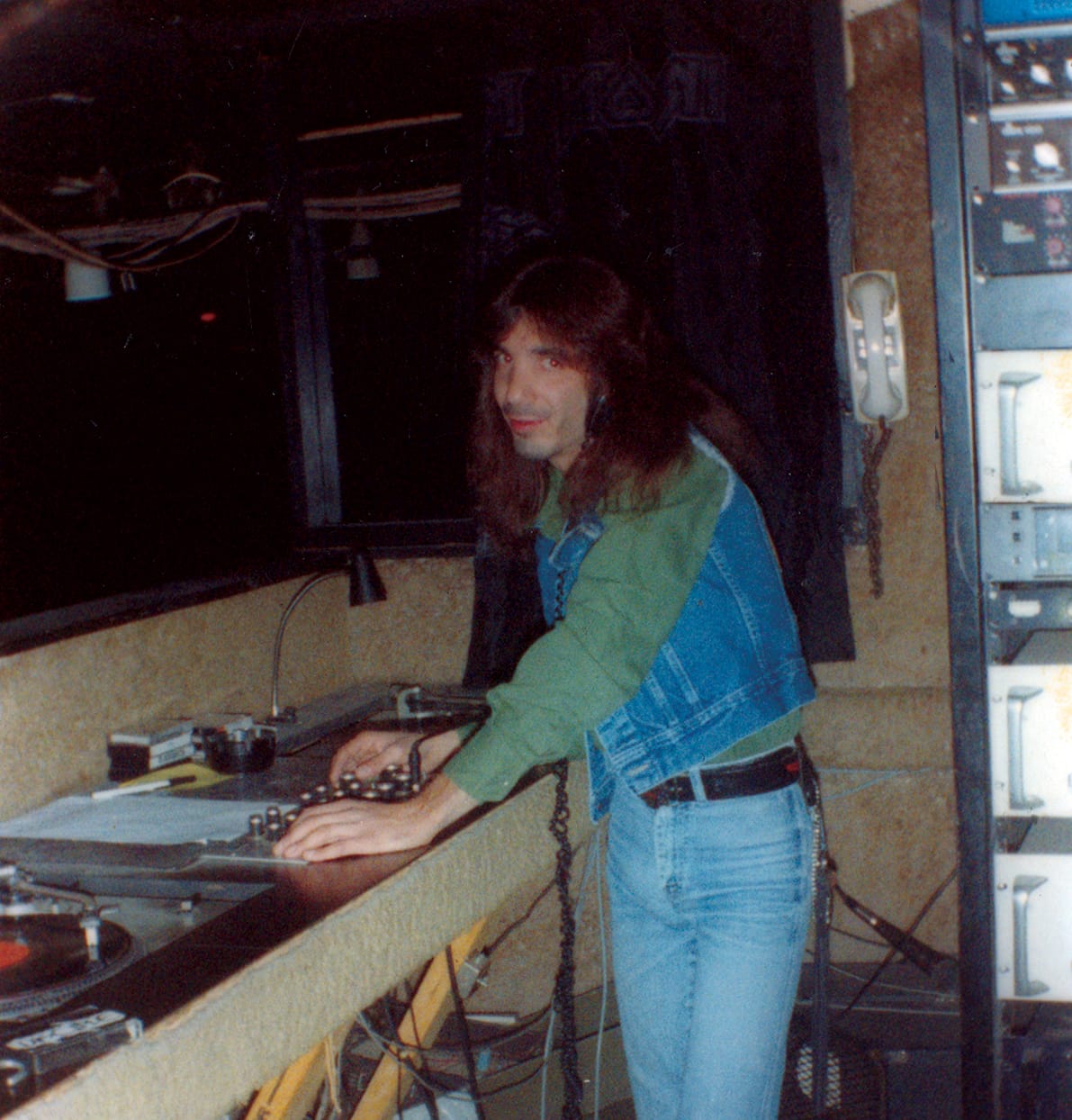
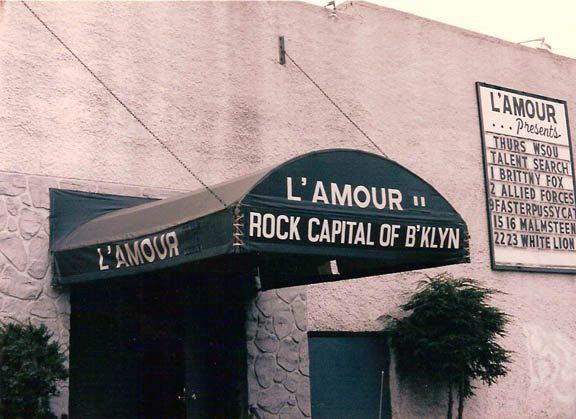
Often hailed by its following as “The Rock Capital of Brooklyn,” L’Amour was a staple of hard rock/heavy metal acts of the 1980s and 1990s.
Some of the genre’s most legendary bands (such as the “big four” of Thrash Metal: Metallica, Slayer, Megadeth, and Anthrax) got their break in the tiny club that oftentimes felt like an arena. Memories, bonds, and acts of debauchery occurred on a nightly basis at the Bensonhurst venue. The club’s promoters were also known for being exceptionally fair when it came to booking — giving any band a chance to play on Brooklyn’s biggest stage — which is why it was such an important mainstay for the developing New York Hardcore scene in the early 90s.
L’Amour first opened as a disco club on a rather desolate stretch of 63rd Street in 1978 and transformed into a rock venue in 1981. Over the next two decades, its popularity skyrocketed and three somewhat short-lived sister locations were spawned in Queens, Long Island, and Staten Island. Throughout the 1990s and into the early aughts, the original club would remain active before finally closing its doors in 2004. Usually at the helm of the Bensonhurst club was DJ Alex Kayne, who is widely considered New York’s first-ever heavy metal DJ.
Over the past few years, Kayne and a flurry of collaborators have been producing a labor of love, a book on the venue titled “L’Amour: Rock Capital of Brooklyn,” published by Rare Bird Books. Although there have been a few hiccups along the way, causing delays throughout the book’s production, the retrospective tome is finally available for pre-order on Amazon and is expected to be released in May.
With a book detailing the madness, mayhem and history of the venue on the way, we got a chance to sit down with Kayne to talk about the book, his start in the music business, Bensonhurst’s heavy metal heyday, and more.
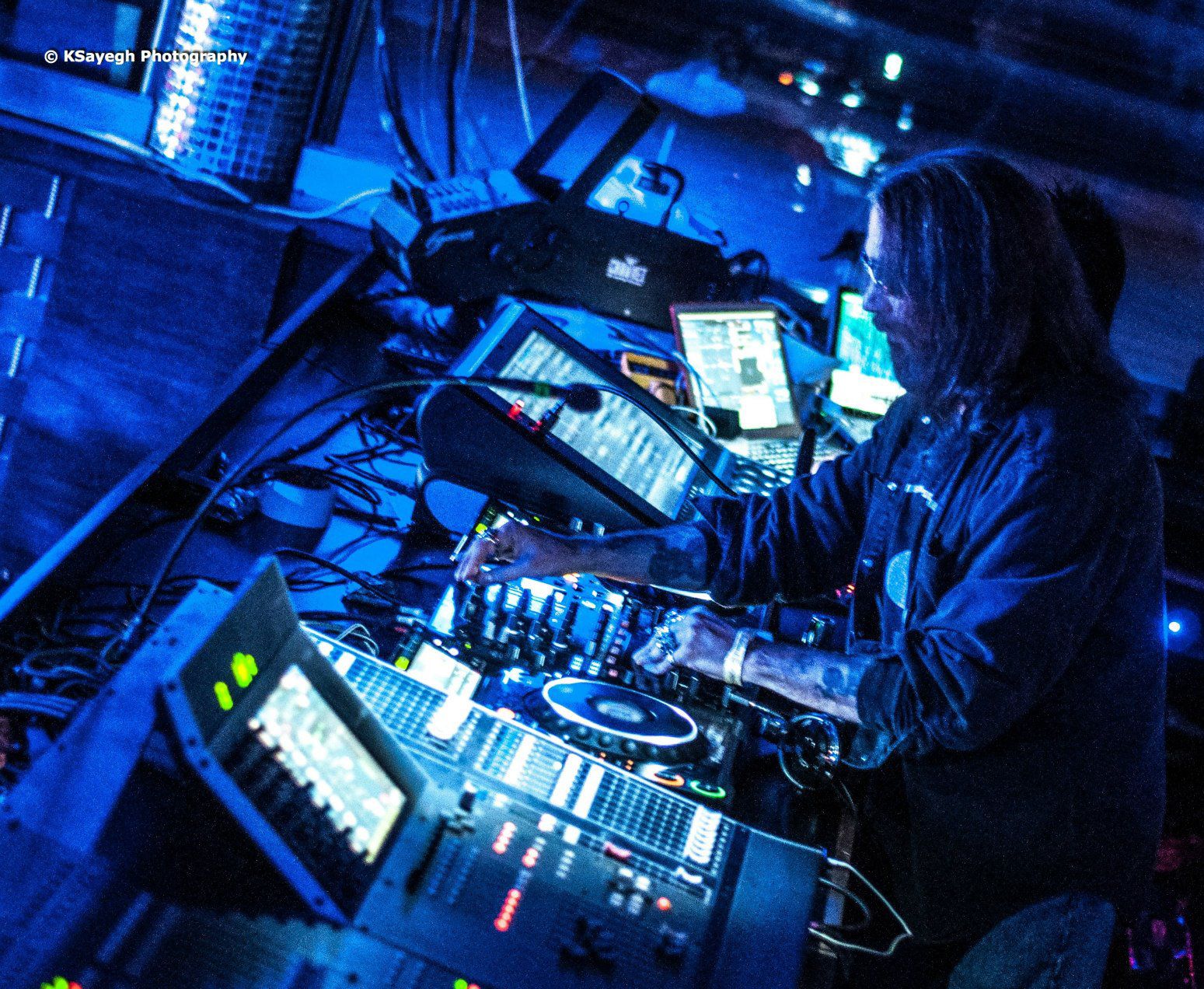
How did you get the DJ job at L’Amour in the first place?
Alex Kayne: I was professionally spinning in area dance clubs, and being rock a drummer for years, I already had an extensive rock and metal vinyl collection, but in the early days, I was spinning disco because that’s what was popular, and where the money was.
Plus, back then, there was no such thing as a rock club DJ. Mike Pace (the former L’Amour dance DJ) was a friend of mine we had worked at some of the same nightclubs. Mike was borrowing my rock/metal records to spin when L’Amour was becoming a rock and metal club. One day Mike was quitting to peruse how own business, and he asked me if I wanted the gig and I accepted it.
I was the logical choice for him. I was just really fortunate to be in the right place at the right time. The right guy for the job. When you’re a disco DJ, but you’re really a rocker, and you get offered a dream job to spin your favorite music, and you get to do that for a living, it’s amazing. I took the opportunity and I ran with it.
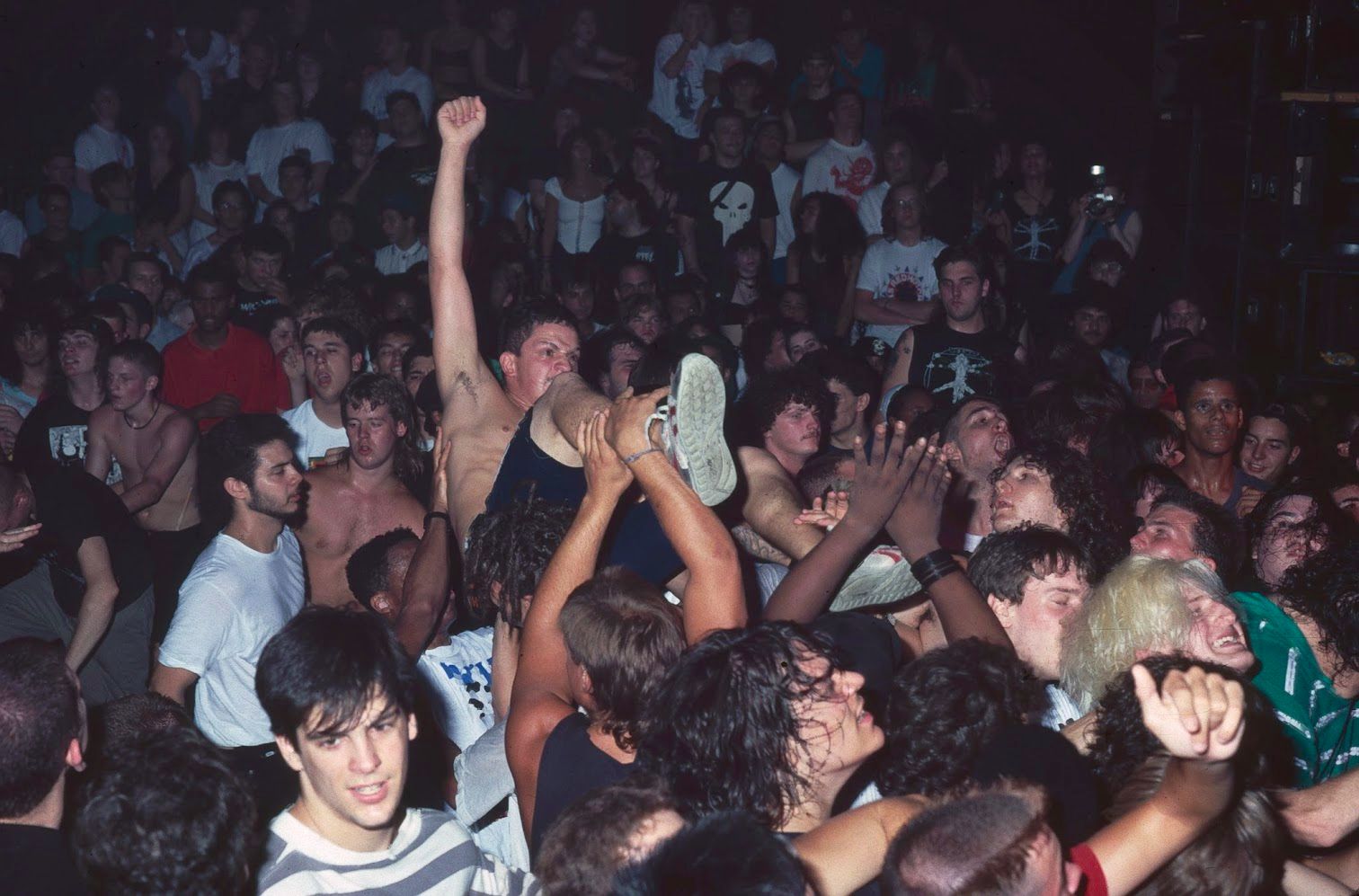
As someone who was not born yet, could you explain what the vibe was in the club?
AK: Especially during the early years from 1980 to 1984, the vibe was “this is the coolest place on earth” because there was no other place for this music to live in New York. Metal didn’t exist anywhere else within a 500 mile radius-at least. And you certainly didn’t have any of it in say, the Midwest. Nobody was doing it.
You had the guys on the west coast that were doing the whole San Francisco Bay area thrash metal doing their thing, and you had places like “The Whiskey” and “The Roxy” and “The Troubador” doing the hair/glam thing on the Sunset Strip, but where else could you play a show outside of San Francisco or L.A.? You could play New York because there was a club there.
There were the early bands, Maiden, Priest, Anvil, Raven, and Diamond Head and many others coming up then. People wanted to see bands like that. Everybody was friends at L’Amour. Fights rarely happened. It was a really wonderful sense of community that you don’t have anymore.
We didn’t know how big metal would get. We were young kids having a good time. The crowd at L’Amour became your lifelong friends. In the beginning you know, you’d get the phone call: “What are you doing this weekend? Are you going to L’Amour?” After a while those phone calls stopped because you just showed up at the club and all your friends were already congregating there.
And how could you? Everyone else hated metal at that time.
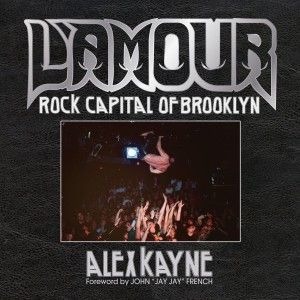
AK: Everyone else hated metal at that time. Disco was huge, and Bensonhurst was its epicenter. I mean Saturday Night Fever was filmed there. Guidos and Juiceheads roamed the streets, drunk, high, and full of rage looking to prove something, and if they saw a long hair walking down the street with one of the neighborhood girls, whom they thought they had all to themselves, well that was like the ultimate insult, then the shit was on. They were vehemently offended by us.
I’ve gotten into more than one skirmish with them just because of the long hair, never mind defending the honor of a female. You ask any rocker who grew up in the area at that time, and they’ll tell you the same thing. L’Amour was a rock club that was essentially operating behind enemy lines, surrounded on all sides by dance clubs. This was even before the PMRC got their panties in a twist.
Before the dam burst (in 1984), you couldn’t find any metal people. It was a very small thing across the country, tiny enclaves here and there, scattered. There were 2,000+ screaming metal heads rocking out at L’Amour every weekend. That’s four times the size of The Whiskey, five times the size of the Troubadour. You could fit CBGB into the ladies room at L’Amour. We all thought that this was our scene and that it was going to be underground forever. After 1985, the rest of the world jumped in. Want proof? All the discotheques and rave spaces in Manhattan — including Studio 54 — started doing metal on their off nights in 1985. Before that, they didn’t know what the fuck was going on. They were too busy twirling around on ecstasy waving glow sticks.
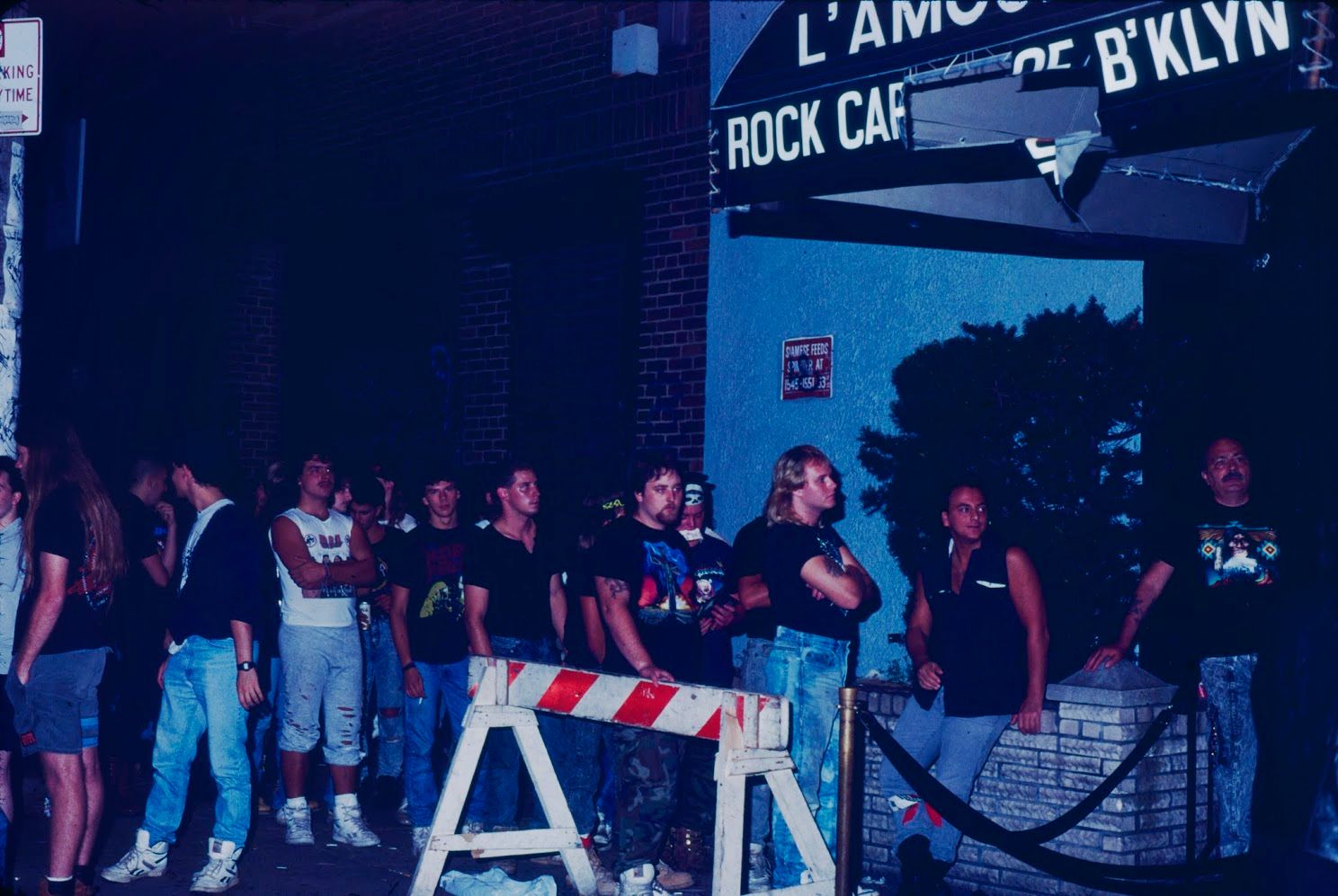
Why did you choose to write the book?
AK: It wasn’t really a choice, I felt compelled to do it. I spent a huge portion of my life there, and I feel it is an important story.
Another reason why I wrote the book is because there’s nothing about the East Coast that went on during those years in terms of a book, a history, a documentation. I wrote it for the people who were there, for whom L’Amour was their second home, and for the younger generations, so that long after I’m gone they would understand that this was where a lot of these big bands got their start.
Nobody really knew Metallica on the East Coast until they played L’Amour. The story has to be told and I hope that when people read the book that they understand that I’m trying to convey what it was like to be in the midst of all that mayhem.
People talk about CBGB, but no one was talking about Brooklyn where they had their own little scene and people don’t even know what happened there to this day. It belongs on the book shelves along with all the other books. There are many interviews with many rock stars in there. I hope that when people read this they go “wow, this is cool.”
You see what’s going on where Lemmy’s passed on and David Bowie’s passed on and Glen Frey has passed on. It’s like when the World War I veterans started passing and, now nobody remembers World War I. I had to write this book because I wanted to tell the story from my point of view for the most part, so that no one ever forgets, and I hope people enjoy it.
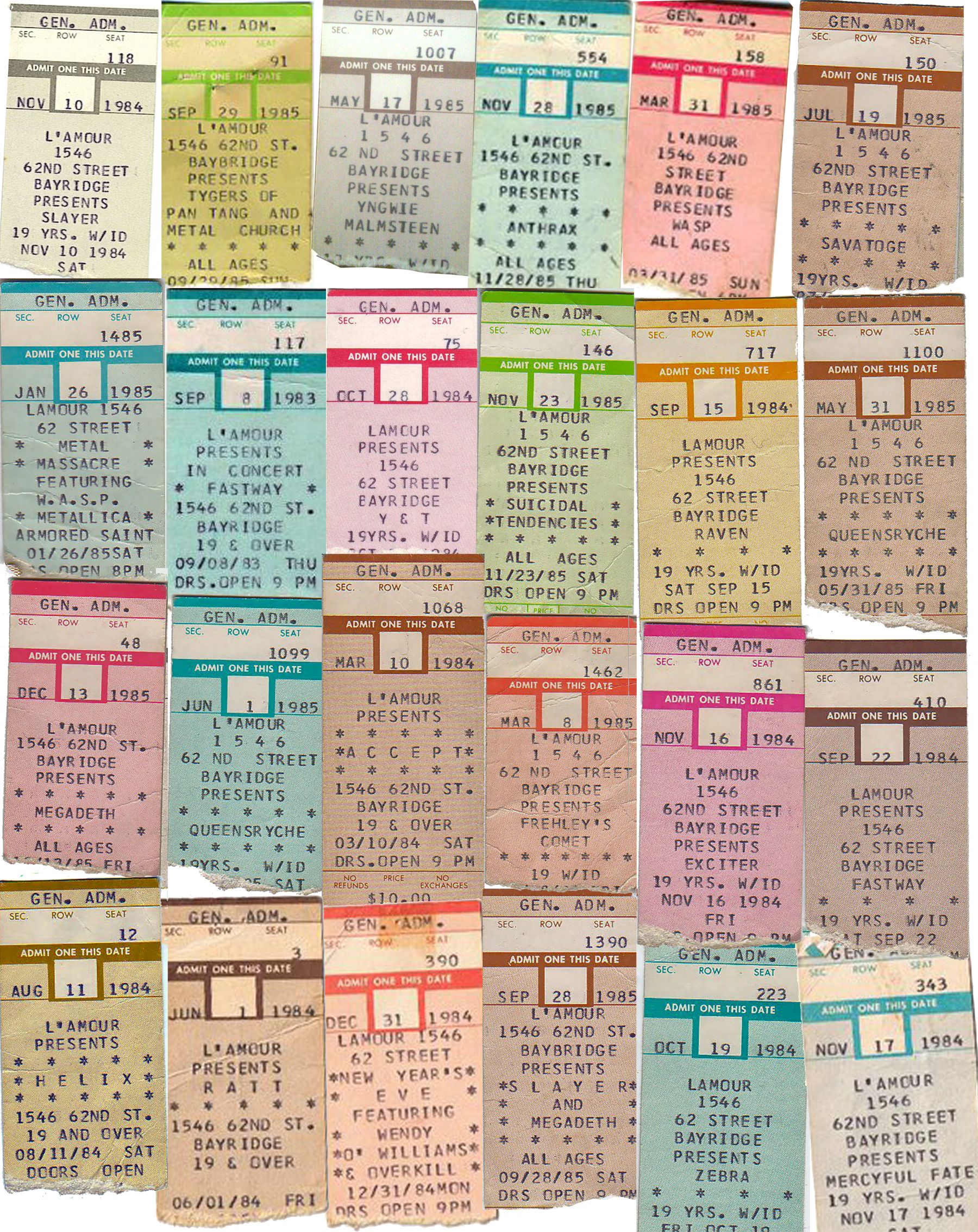
We’ve heard rumors of this book coming out for several years now. What were some of the setbacks you faced trying to make this possible?
AK: I had a publisher who a long time ago said he was going to publish the book but never really got around to doing it. He was a nice guy, and he showed a sincere interest, but for some reason couldn’t seem to fit it into his schedule. I tried to stick it out with him, but it just didn’t work.
I believed in him, and so I shot myself in the foot by releasing a press statement saying the book was being published. He said he didn’t have time this year, so could we do it next year, and then next year came around and it became let’s do it next year. Eventually, we had to go our separate ways.
A lot of the publishing houses didn’t understand the story. I was rejected by 15 or 16 different houses. Rare Bird is a great publishing house, a really great bunch of people. There are some fascinating titles in their catalogue. They understand the meaning of L’Amour. People think that you just wave a magic wand and a book appears. It’s not like that. Especially with non-fiction. You try to do the most accurate research that you can. You have to hunt people down for months, and in some cases years, just to get them to talk to you for 10 minutes. It’s one of those things that doesn’t happen overnight.
As far as your legacy, where did DJing at L’Amour take you?
AK: I worked at the club a bunch of years initially and then I worked at L’Amour East for a few years. Then I went back to L’Amour but there were other DJ’s there who were bringing in bands. At one time there was one guy named Rich Sanders who was bringing in all the nationals. He was really responsible for bringing those bands there back in the day. I stuck with the club and worked there on and off. Gradually, I started to work in other clubs.
It turned me into a lifetime metal DJ. I didn’t really care about the business end of the music industry like band contracts or riders, making phone calls, negotiating deals, telling bands who is going on first, shit like that. I just wanted to get up into the booth and kick ass. I was all about filtering out the bad music and bringing the good music to the crowd. It got me a lot more work. I’m still working today. I’ve done Webster Hall, Terminal 5, Stage 48, and Revolution on Long Island. I’m still working 25 plus years later. I’ve worked in over 100 different venues. It’s been a lot of fun and I’m still going.

Who were some of your favorite bands to see there?
AK: I’ve got to say there’s a few of them. I always loved when TT Quick played. They were really sort of a gritty, pounding, smokey bar room in-your-face kind of band. Very raw sounding hard rock with a metal edge. I always loved that stuff. I was a big fan of Slayer, huge fan of Metallica and I loved early Anthrax. They don’t know me now because they’ve met seventeen thousand billion people. Back then they were just guys playing in bands. There was no big four back then. They were bands that drew two, three, four hundred people. Nobody knew who they were. It was that small type of microcosm. Slayer always turned the place upside down. I always loved when Metallica would play because they sounded so different from everybody else– they were definitely a game changer and I always loved when Motörhead came to town. Your ears would ring for two weeks after Lemmy would set up their sound system. Another band I loved was Manowar because they used to bring their own equipment. They’d pull up with a couple of tractor trailers full of speakers and we’d spend all day loading it in and augmenting our sound system to theirs and then tuning it up and making everything sound good. They were so fucking loud it was ridiculous, but the sound was crystal clear. It wasn’t loud and distorted, you heard everything. Those memories, they stick out in your head.
What were some of your favorite shows that you saw there?
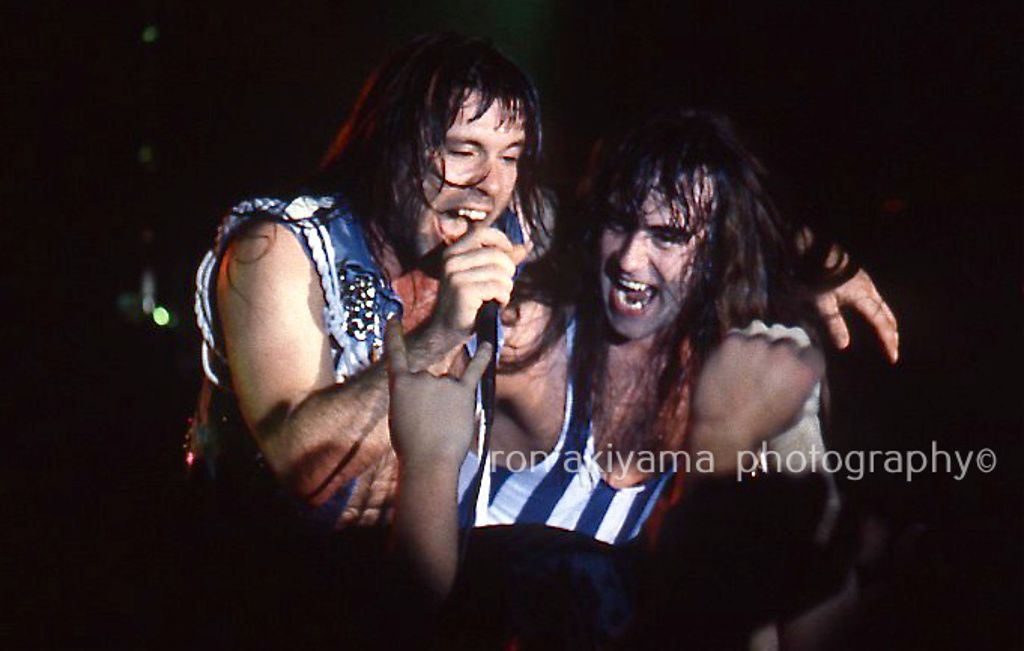
AK: There was the secret show that Iron Maiden played. They played the club in 1988. They played as “Charlotte and the Harlots.” It was supposed to be a secret show but we were leaking the word everywhere we could. On the club answering machine it said something like, “The rumors are true so run to the hills and get your tickets now!” Some people missed that show thinking they were a tribute band and are probably still sorry about that. They were coming to the United States and they were going to start the tour in Canada “Seventh Son of a Seventh Son Tour” (for the album of the same name). They wanted to kick off that tour at L’Amour. The rest of the tour was in arenas.
Their energy level was off the hook. Watch the videos on YouTube today, and you can still feel the energy of that crowd and the energy of the band – it was something that bands and audiences could only dream about. That was an awesome show.
Then there was the show when Possessed played and Slayer was in the audience. Slayer came with with a few record label guys. They were milling about and at the end of the night when Possessed’s set was almost over, Slayer got up onstage to give us a treat. They and used Possessed’s equipment to play three new songs off of “Reign In Blood, ” which was either fairly recently released or hadn’t been out yet. These were brand new songs that nobody ever heard at the time. It was like being a kid in a candy store. Another time was when Anthrax played a few songs with Iron Maiden. There were so many bands that hung out at that club that it was wasn’t uncommon to see guys just jump up on stage and do something. You don’t even see that stuff anymore and when you do, it’s planned.
Accept was another show that I remember. It was so crowded that when one section of the crowd moved, it forced the rest of the crowd to move the same way. It was a dangerously crowded event. I remember seeing everything from the booth sort of ebb and flow because they didn’t have any choice and going “I’m not going downstairs,” so I stayed in the booth the whole night. It was Accept’s first time in the United States but I was playing “Fast as a Shark” for a long, long time before they got there so the crowd was pumped when they (Accept) got off the plane.
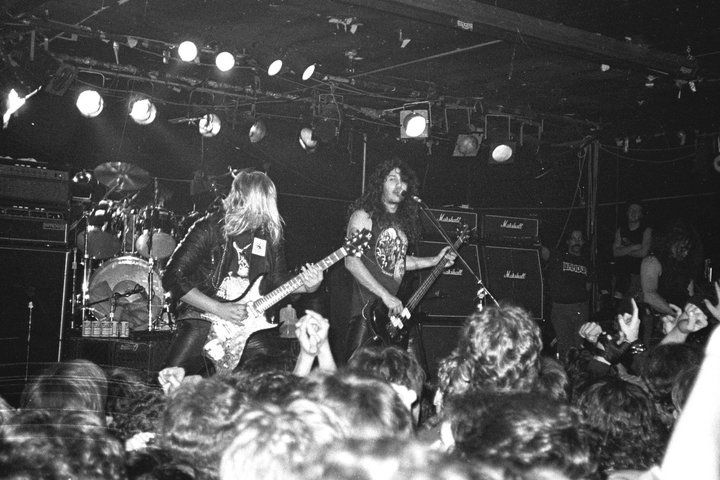
Looking back, how do you feel about the whole experience?
AK: It was cool because I got to see and hang out with all those bands before they were huge. All of those guys were up and coming artists when I saw them and when those crowds saw them you’d pay like eight dollars to see Slayer. You can’t even buy a pack of cigarettes for eight dollars. How much are tickets now? Fifty? Sixty dollars? After you park it’s a hundred dollar night before you even blow your nose.
You could see all sorts of ridiculousness – and by that I mean talented bands, for very little money and you saw them on the way up. I remember seeing Slayer and it was like they had a catapult with them – bodies were flying everywhere. I had been playing “Haunting the Chapel” for months and “Show No Mercy” for years before they came here so when Slayer came to town, they (the crowd) were ready. This was their first time on the East Coast so they didn’t know that they even had fans out here. They were really stoked to see that this club was into them. The club was a mosh pit the whole night.
This one night, I believe it was Slayer in 1984, where the mosh pit was the entire perimeter of the room. Some nights you don’t feel like going in the most pit and you’re like “I’m going to go to the back and just watch the show,” this particular night there was no place to go. You were stuck. You had to mosh, there wasn’t any choice.
How much blood had to be cleaned up the days after Slayer?
AK: You’ll have to ask Carmine the janitor that! (laughs)




